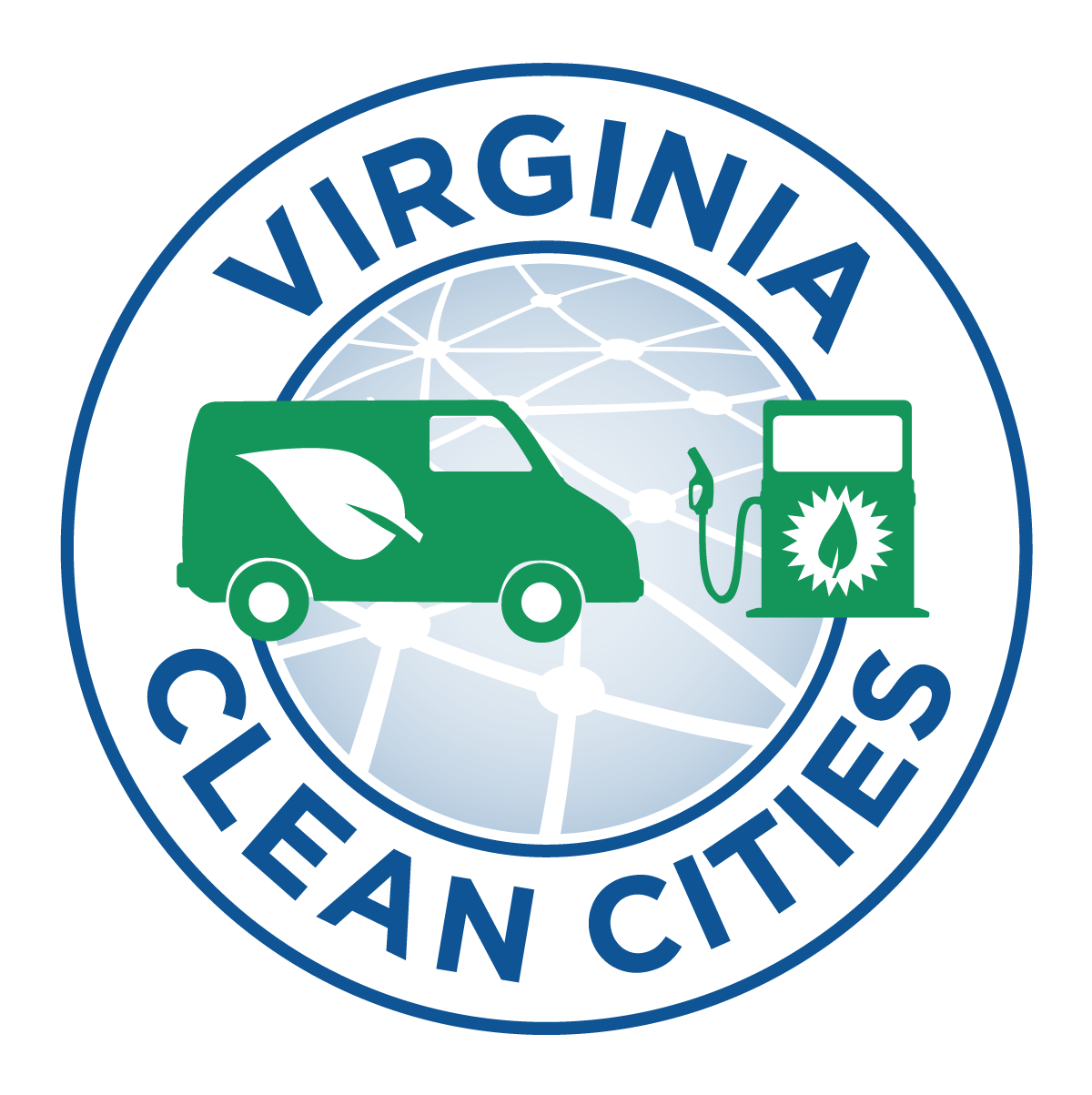Zero-emission vehicle technologies such as dray trucks, refuse/utility vehicles, and transit buses represent a transformative shift towards a more sustainable and environmentally conscious transportation sector.
Dray trucks from industry leaders such as Ethero, Nikola, Kenworth, Freightliner, Volvo, and Battle Motor are at the forefront of this revolution, showcasing the potential to reduce carbon emissions associated with freight transport. Zero emission refuse and utility trucks contribute to cleaner urban environments by eliminating tailpipe pollutants during transportation.
To find and compare alternative fuel vehicles, engines and hybrid/conversion systems, check out the AFDC Alternative Fuel and Advanced Vehicle Search tool!

Transit systems like Alexandria’s DASH are embracing zero-emission alternatives as well, enhancing public transportation while mitigating air pollution in densely populated areas. Moreover, the incorporation of electric and propane-powered school buses demonstrates a commitment to safeguarding the health and wellbeing of students and communities.
The proliferation of zero-emission vehicle technologies across diverse transportation sectors underscores their collective impact in fostering a more sustainable and eco-friendly mobility landscape. Here are some examples of zero-emission vehicle technologies:
- Electric Vehicles (EVs): Electric vehicles are powered by electric motors, drawing energy from rechargeable batteries. EVs have zero tailpipe emissions, lower operating costs, reduced dependence on fossil fuels, and potential for renewable energy sources.
- Hydrogen Fuel Cell Vehicles (FCVs): Hydrogen fuel cells convert hydrogen gas into electricity, powering the vehicle’s electric motor. Hydrogen emits zero emissions (only water vapor), has fast refueling times and longer driving ranges compared to some EVs.
- Renewable Natural Gas (RNG): RNG is produced from organic waste sources like landfills, agricultural residues, and wastewater treatment plants. RNG can be a direct replacement for traditional natural gas in existing infrastructure, reduces greenhouse gas emissions, and utilizes waste materials.
- Biodiesel: a renewable fuel made from biological sources such as vegetable oils, animal fats, or recycled cooking oil. Biodiesel allows for lower greenhouse gas emissions compared to traditional diesel, biodegradable, and compatible with existing diesel engines.
- Renewable Diesel: Renewable diesel is a high-quality fuel produced from renewable feedstocks such as vegetable oils, animal fats, and waste fats through a hydro-treating process. It has similar properties to conventional diesel while having lower greenhouse gas emissions and can be used in existing diesel engines without modification.
Alternatively, Clean Diesel technology offers a range of benefits that contribute to environmental sustainability in addition to enhancing fuel efficiency. Modern diesel engines with advanced emission control systems significantly reduce harmful pollutants such as particulate matter to make them more environmentally friendly. The efficiency of clean diesel energy translates into better fuel economy, providing consumers with cost savings and a reduced carbon footprint.
Clean Diesel vehicles often exhibit superior torque and power making them suitable for a variety of applications. The ongoing advancements in diesel technology continues to be optimized to minimize environmental impact, showcasing clean diesel as a viable and efficient solution to transportation through alternative fuels.
Potential Funding Opportunities
For heavy duty clean diesel applications, there are a series of funding opportunities for different applicants to qualify for. These include:
- The Diesel Emission Reduction Act
- The Diesel Emissions Reduction Act (DERA), facilitated through the EPA, is designed to reduce emissions from older diesel engines. Methods such as providing loans, grants, and rebates to applicable projects to replace, retrofit, or mitigate emissions may be eligible to qualify. These control strategies can be applied to national, state, local, and tribal partners. For available grants and funding opportunities, visit the DERA Funding website. The program re-opens every two years.
- The Clean School Bus Program
- The Clean School Bus Program through the EPA provides eligible, selected applicants funding to replace existing school buses with cleaner, alternative fuel or zero emission units. The funding provided may cover the entire cost of the replacement bus, the charging equipment, or fueling infrastructure that is associated. Areas of high-need local education agencies; low income, rural and tribal schools; and applications that cost share through public-private partnerships, grants from other entities, or school bonds will be prioritized. To know more about the qualifications and the program itself, visit the Clean School Bus Program Website.
- Federal Transit Authority’s Low or No Emission
- The Low or No Emission competitive program provides funding to state and local governmental authorities for the purchase or lease of low and zero emission transit buses. Alongside this, the funding can cover the procurement, construction, and leasing of facilities needed for these buses. For more information, visit the Low or No Emission Grant Program’s site. The program re-opens annually.
- The Green Operator Program
- The Green Operator Program is managed by Ecologix, the Port of Virginia, and Virginia Clean Cities with a goal to reduce the air pollution from drayage trucks. For the program, rebates up to $35,000 are available to assist in the replacement of the truck. To view the qualifications for replacement, such as engine model year specifications and application requirements, the Green Operator Program has listed them to view on the Green Operator website here.
